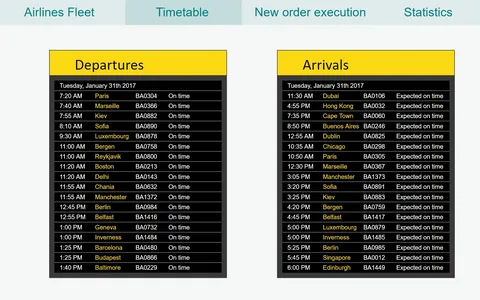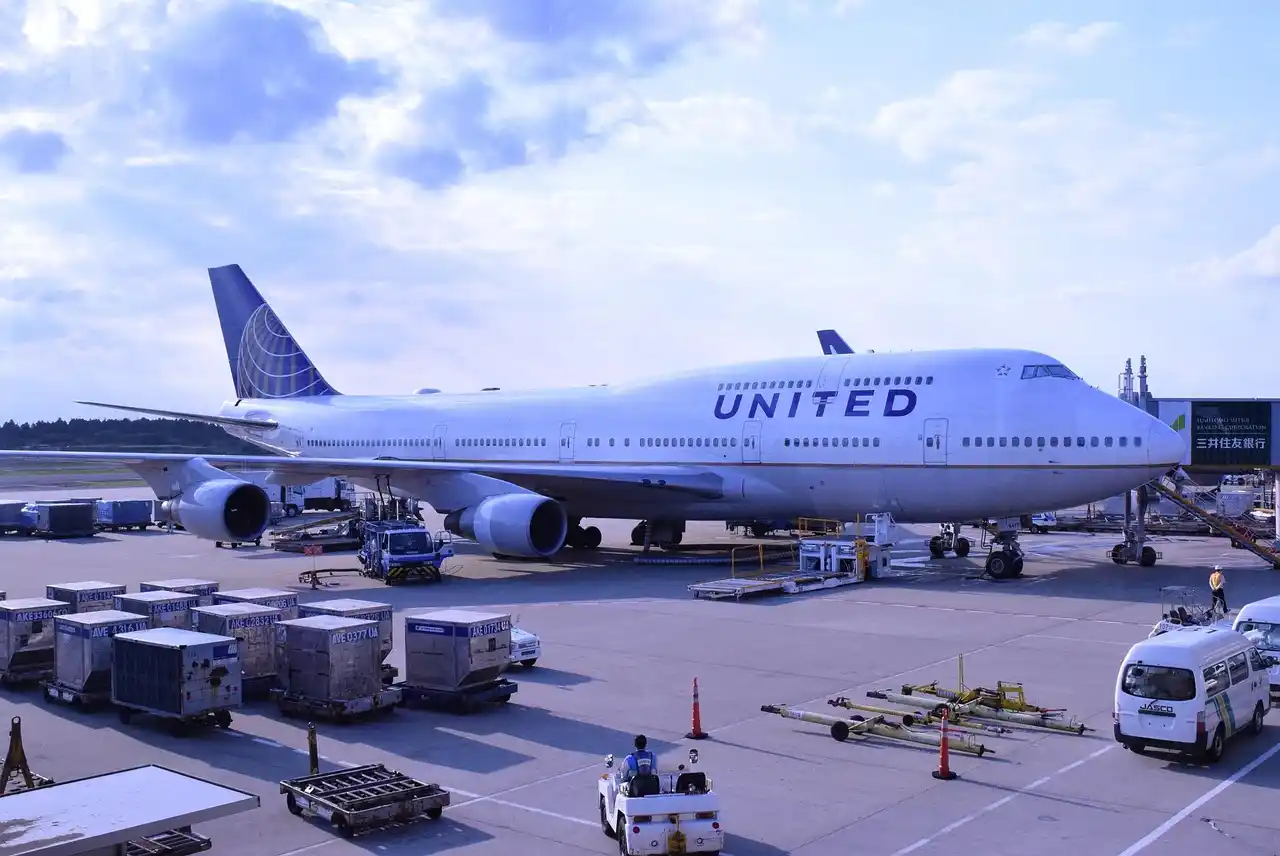Introductiosn Delta Flight DL275 Emergency Diversion
Hey there, fellow travelers! Have you heard about the recent Delta Flight DL275 emergency diversion? It’s been all over the news lately. As someone who flies a lot, I know how scary these situations can sound. But don’t worry – I’m here to walk you through exactly what happened and what it means for you.
The Delta Flight DL275 emergency diversion happened on May 28, 2025. The plane was flying from Detroit to Tokyo when something went wrong. Instead of continuing to Japan, the pilots had to make an emergency landing in Los Angeles. All 287 passengers and crew members landed safely, which is the most important thing to remember.
Let me share everything I’ve learned about this incident. I’ll explain it in simple terms so you can understand what happened. More importantly, I’ll help you feel more confident about flying by explaining how airlines handle these emergencies.
What Exactly Happened During the Emergency
The Delta Flight DL275 emergency diversion started when the crew noticed a problem with the plane’s anti-ice system. This might sound scary, but it’s actually a safety feature that prevents ice from building up on the aircraft. When it stopped working properly, the pilots had to make a tough decision.
The plane was an Airbus A350, which is one of the newest and safest aircraft in the world. It has amazing safety systems and backup procedures for almost every situation. The pilots followed their training perfectly and decided the safest option was to land at the nearest suitable airport.
The flight diverted to Los Angeles International Airport (LAX) on May 28, 2025, amid technical issues with one of the engines. The crew handled everything professionally and kept passengers informed throughout the process. This is exactly how these situations should be managed.
Nobody was hurt during the Delta Flight DL275 emergency diversion. The landing was smooth and safe. Emergency vehicles were waiting at LAX just as a precaution, which is standard procedure for any emergency landing situation.
Read Als0: Delta Flight DL275 Diverted to LAX: What Really Happened?
How the Crew Handled the Emergency
The flight crew’s response during the Delta Flight DL275 emergency diversion was absolutely professional. Pilots train for these situations over and over again. They practice emergency procedures regularly to make sure they can handle any problem that comes up.
The captain and first officer worked together to assess the situation quickly. They followed their emergency checklist step by step. This systematic approach ensures that nothing gets missed during stressful situations. It’s like having a detailed recipe to follow when cooking a complicated dish.
The cabin crew also did an amazing job keeping passengers calm and informed. They explained what was happening without causing panic. They prepared everyone for the emergency landing by going over safety procedures. Their training really showed during this challenging situation.
Air traffic controllers at LAX cleared the runway immediately when they heard about the emergency. They stopped all other flights to make sure Delta Flight DL275 had a clear path to land safely. This kind of coordination happens every day in aviation.
What Passengers Experienced During the Diversion
Passengers on the Delta Flight DL275 emergency diversion had mixed reactions. Some were nervous, which is completely normal. Others stayed calm because they trusted the crew’s professionalism. The flight attendants did their best to keep everyone comfortable during the unexpected situation.
All 287 passengers and crew landed safely at LAX. The landing itself was smooth and controlled. Many passengers later said they were impressed by how well the crew handled everything from start to finish.
After landing, passengers had to wait on the plane for a while. This is normal during emergency landings because safety teams need to check the aircraft first. Once everything was cleared, everyone was able to get off the plane safely and calmly.
Delta Airlines provided excellent customer service after the emergency. They helped passengers with rebooking, hotel accommodations, and meal vouchers. The airline took full responsibility for the inconvenience and made sure everyone was taken care of properly.
The Cost and Impact of Emergency Diversions
Emergency diversions like the Delta Flight DL275 emergency diversion are expensive for airlines. The total estimated cost reached approximately $2.3 million, including $180,000 in additional fuel costs and $85,000 for passenger rebooking and accommodations. But airlines never hesitate to spend this money when safety is at stake.
The costs include fuel for the extra flying time and landing at an unplanned airport. Airlines also pay for passenger hotels, meals, and rebooking fees. There are maintenance costs too, because the plane needs to be thoroughly checked before flying again.
Despite these high costs, airlines always choose safety over money. They would rather spend millions on an emergency diversion than risk even the smallest safety issue. This commitment to safety is why flying remains the safest form of travel.
The impact on passengers goes beyond just money and time. Some people feel nervous about flying after experiencing an emergency diversion. Airlines understand this and often provide extra support and counseling services for passengers who need it.
How Airlines Prepare for Emergency Situations
Airlines spend millions of dollars every year training their crews for emergencies. Pilots practice emergency scenarios in sophisticated flight simulators that feel exactly like real aircraft. They practice everything from engine failures to severe weather situations regularly.
Flight attendants also receive extensive emergency training. They learn how to evacuate planes quickly, handle medical emergencies, and keep passengers calm during stressful situations. This training gets updated and refreshed every few months throughout their careers.
Aircraft themselves are designed with multiple backup systems for almost everything. If one system fails, there’s usually another one ready to take over. Modern planes like the Airbus A350 involved in the Delta Flight DL275 emergency diversion have incredible safety features built right in.
Airlines work closely with airports and air traffic control to coordinate emergency responses. Every major airport has detailed emergency plans and dedicated rescue equipment standing by 24 hours a day. This teamwork ensures quick and effective responses to any situation.
What This Means for Your Future Travel
The Delta Flight DL275 emergency diversion actually shows how well the aviation safety system works. The crew identified a problem, followed proper procedures, and landed safely. All the safety systems worked exactly as they were designed to work.
You should feel more confident about flying, not less confident. This incident proves that pilots and flight attendants are extremely well-trained professionals. They know how to handle emergencies calmly and safely. The aviation industry takes safety more seriously than any other form of transportation.
Emergency diversions are actually quite rare. Millions of flights happen every year without any problems at all. When emergencies do occur, they’re handled professionally and safely, just like this Delta flight was. The odds of being in an emergency situation are incredibly small.
If you’re ever on a flight that has an emergency, remember that the crew knows exactly what to do. Follow their instructions, stay calm, and trust their training. They’ve practiced these situations many times and are prepared to keep everyone safe.
Understanding Flight Diversion Procedures
Flight diversions follow strict procedures that are the same worldwide. When pilots decide to divert, they immediately contact air traffic control. They declare an emergency if necessary and request clearance to their alternate airport. Everything happens in a very organized and systematic way.
The decision to divert is never taken lightly. Pilots consider many factors including weather, airport facilities, and passenger safety. They choose the best airport for the specific emergency they’re dealing with. In the Delta Flight DL275 emergency diversion, LAX was the perfect choice.
Air traffic controllers give diverted flights priority over all other traffic. They clear airways and runways to ensure the emergency aircraft can land as quickly and safely as possible. Other flights might be delayed, but everyone understands that safety comes first.
Emergency vehicles are always positioned near the runway during emergency landings. Fire trucks, ambulances, and rescue crews wait nearby just in case they’re needed. Usually they’re not needed, but having them there provides an extra layer of safety.
How to Stay Calm During Flight Emergencies
If you’re ever on a flight that experiences an emergency like the Delta Flight DL275 emergency diversion, the most important thing is to stay calm. Listen carefully to the crew’s instructions and follow them exactly. They know what they’re doing and they’re trained to keep you safe.
Breathe slowly and deeply if you feel anxious. Remind yourself that the crew has trained for these situations many times. Modern aircraft are incredibly safe and have multiple backup systems. Emergency landings have very high success rates because of all these safety measures.
Don’t panic if you see emergency vehicles at the airport. They’re there as a precaution, not because something terrible is happening. It’s like wearing a seatbelt in your car – you hope you never need it, but it’s good to have it there.
Focus on the positive aspects of the situation. You’re on an aircraft with highly trained professionals who know exactly how to handle emergencies. The plane has amazing safety systems. Air traffic control is helping coordinate everything. All of these people are working together to keep you safe.
Learning from Aviation Incidents
Every aviation incident, including the Delta Flight DL275 emergency diversion, gets investigated thoroughly. Aviation authorities study exactly what happened and why. They look for ways to prevent similar situations in the future and improve safety procedures.
These investigations often lead to better training programs, improved aircraft systems, or updated procedures. The aviation industry learns from every incident and becomes safer as a result. This constant improvement is why flying keeps getting safer every year.
Pilots and flight attendants also learn from these incidents. They discuss what happened and how it was handled. They practice similar scenarios in their training programs. This helps them be even better prepared for future emergencies.
Airlines review their emergency procedures regularly based on real incidents. They update their training programs and improve their customer service responses. The Delta Flight DL275 emergency diversion will probably lead to some improvements in how similar situations are handled.
The Importance of Professional Crew Training
The successful outcome of the Delta Flight DL275 emergency diversion shows how important professional crew training really is. Pilots spend years learning how to fly and then continue training throughout their entire careers. They practice emergency procedures in simulators that feel exactly like real aircraft.
Flight attendants also receive extensive safety training that goes far beyond serving drinks and snacks. They learn how to handle medical emergencies, evacuate aircraft quickly, and keep passengers calm during stressful situations. This training gets refreshed regularly to keep their skills sharp.
Airlines invest millions of dollars in training programs because they know how important it is. Well-trained crews can handle almost any emergency situation safely and professionally. The passengers on Delta Flight DL275 were in excellent hands throughout their emergency diversion.
This level of training and professionalism is standard throughout the aviation industry. Every airline pilot and flight attendant has received similar extensive training. You can feel confident that your flight crew is prepared to handle any situation that might arise.
Moving Forward with Confidence
The Delta Flight DL275 emergency diversion reminds us that aviation safety systems work incredibly well. When problems occur, trained professionals handle them quickly and safely. All 287 people on board went home to their families that day, which is what matters most.
Don’t let stories about flight emergencies make you afraid to fly. Instead, let them reassure you about how well-prepared the aviation industry is for these rare situations. The crew training, aircraft safety systems, and emergency procedures all worked perfectly during this incident.
Flying remains the safest form of long-distance travel. Millions of flights take off and land safely every day. Emergency diversions like this one are rare, and when they do happen, they’re handled professionally and safely by experienced crews.
Your next flight will almost certainly be routine and uneventful. But if something unexpected does happen, remember that you’re in the hands of highly trained professionals who know exactly how to keep you safe. The Delta Flight DL275 emergency diversion proves that the system works exactly as it should.




